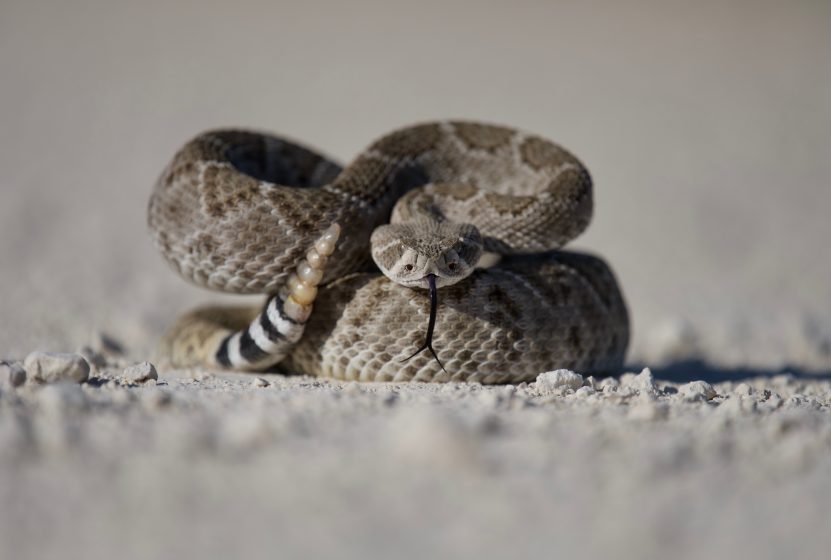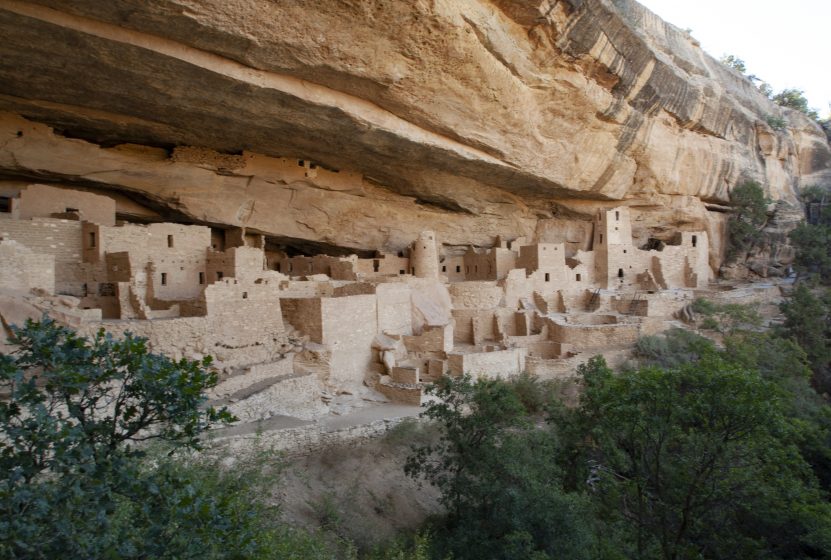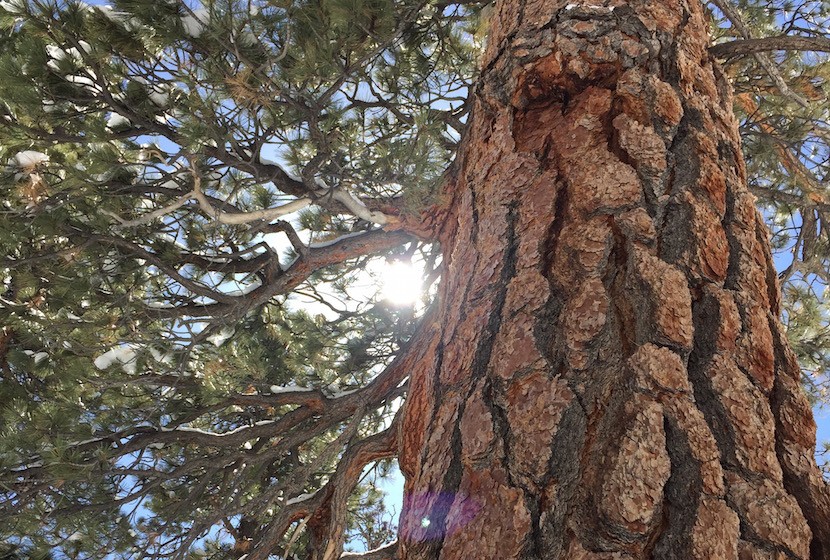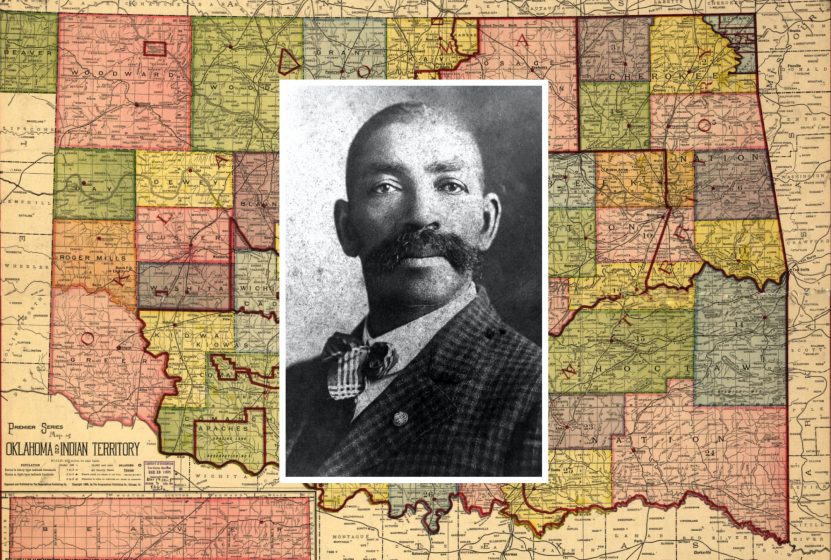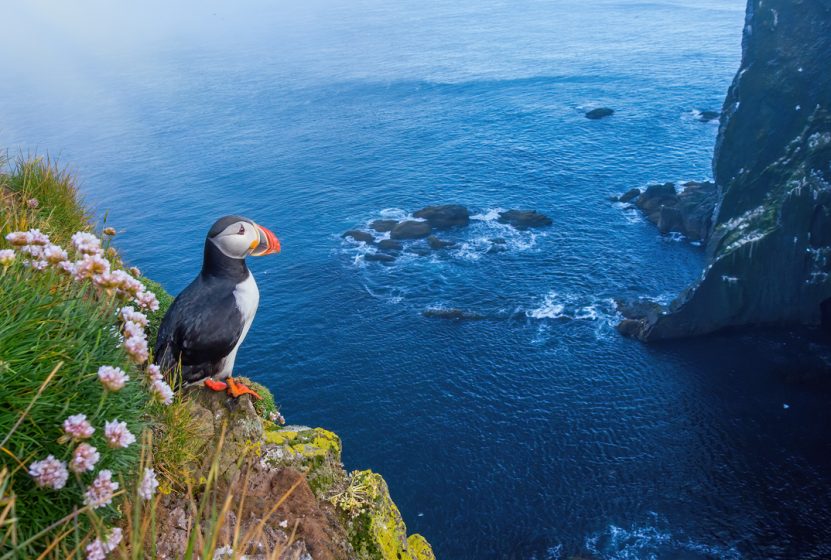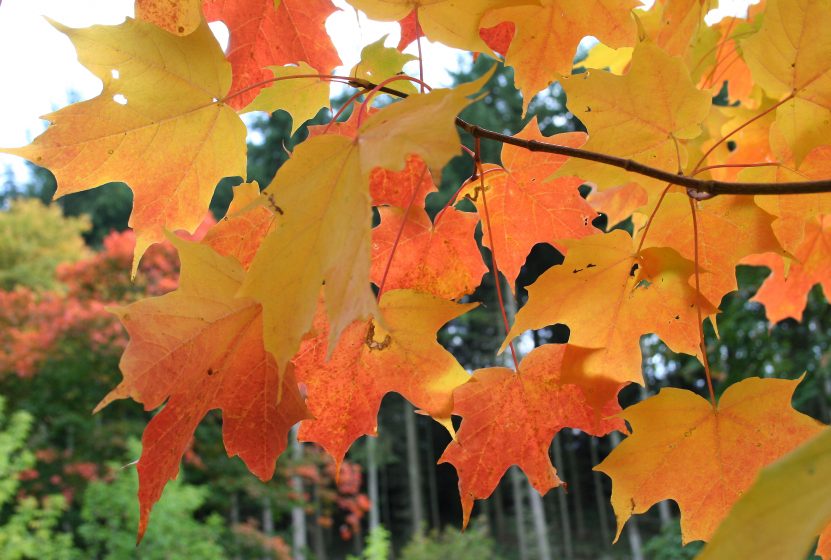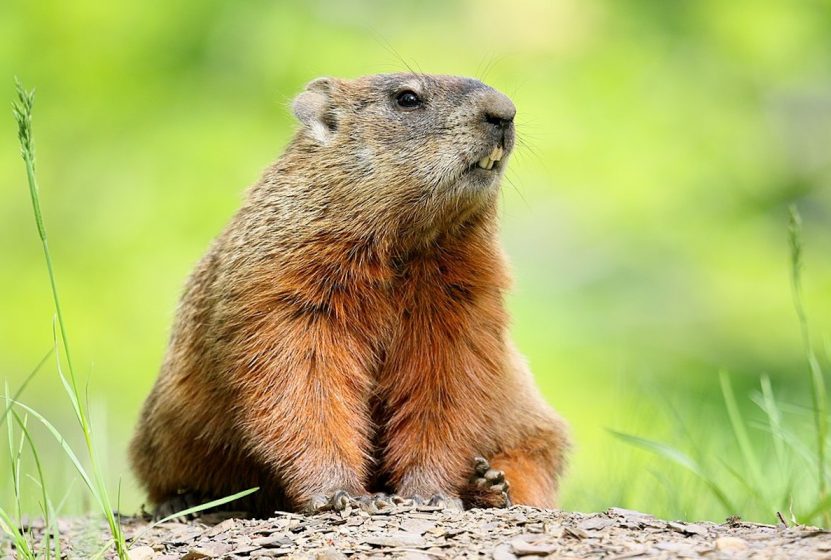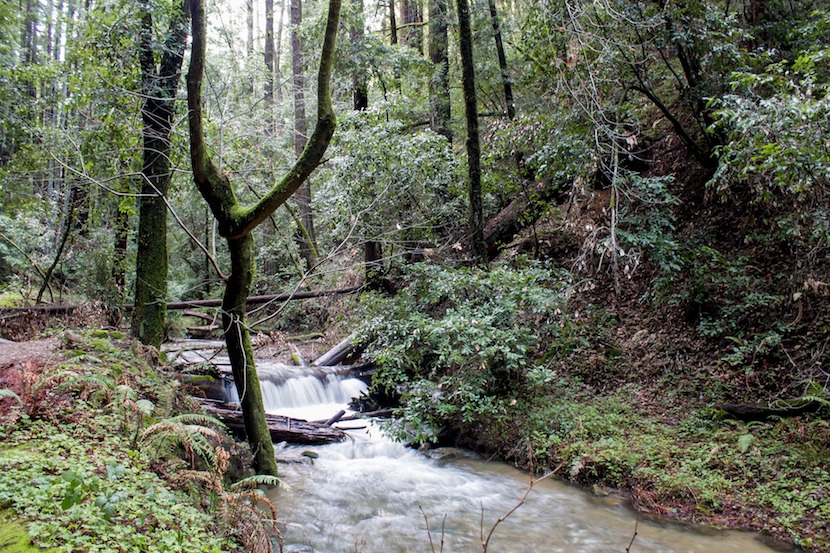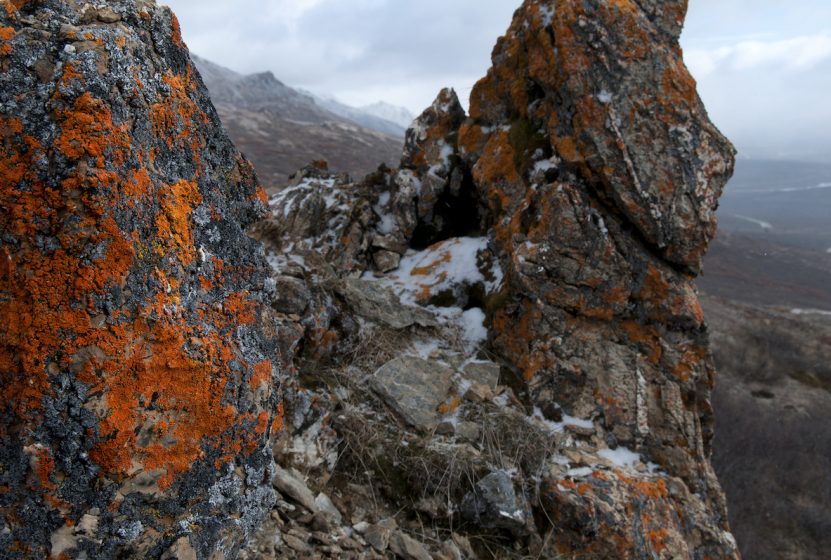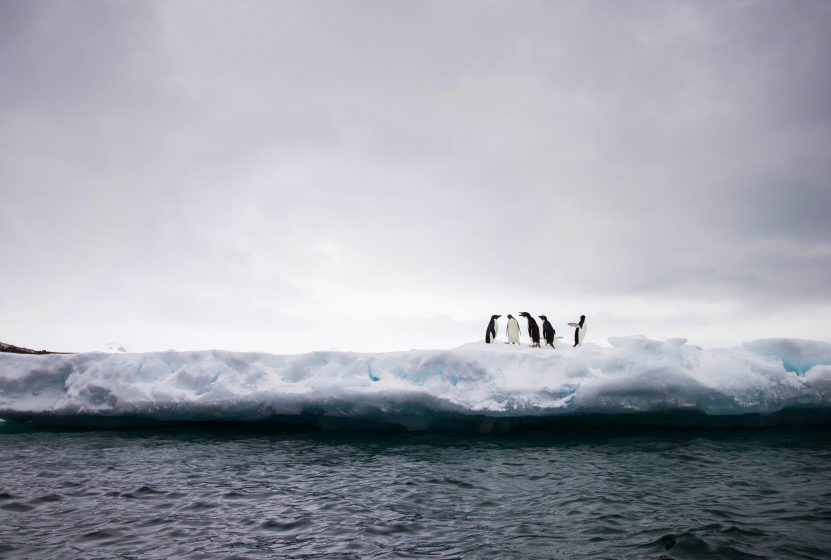-
April 13, 2023
Comments (1)
Fauna
Rattlesnakes are a type of venomous pit viper found in every state of the lower 48 and in almost every type of environment. Rattlesnakes are comprised of a group of 32 known species and as many as 70 subspecies. Most are commonly found in the South West but can be found anywhere from sea level …
Read More »
-
April 5, 2023
Comments (0)
Field Facts
The American Southwest is often associated with images of canyons, cacti, and mesas. But it is also known for its ancient and iconic Pueblo settlements. These unique structures were the homes of Native American peoples who lived in the area for thousands of years, and they remain an essential part of the
Read More »
-
March 2, 2023
Comments (0)
Flora
The Ponderosa Pine (Pinus ponderosa) is a large evergreen tree that is a mainstay of the American West. It also goes by the name Yellow Pine, Bull Pine, and about a dozen others depending on the region and the tree’s age. Typically they are found in elevations between 6,000- 10,000 feet, in areas that receive
Read More »
-
February 21, 2023
Comments (1)
Field Facts
A former slave turned legendary lawman, Bass Reeves was feared by outlaws and respected by his peers. With a towering 6’2″ frame, an imposing demeanor, and a reputation for being a relentless lawman, Bass Reeves was a force to be reckoned with. He brought law and order to the untamed frontier, using
Read More »
-
February 16, 2023
Comments (0)
Fauna
In the frigid waters of the northern oceans, a remarkable creature thrives – the puffin. These small migratory seabirds, comprising four distinct species, are a marvel of adaptation and beauty. They are also the marine version of a “canary in a coal mine” when it comes to ocean health. The name
Read More »
-
February 9, 2023
Comments (0)
Flora
The Sugar Maple (Acer saccharum) is a hardwood tree found in the eastern and midwestern regions of the northern United States and in eastern Canada. Well known for producing both beautiful fall foliage and delicious maple syrup, a Sugar Maple can live for more than 400 years and reach heights of 115 feet. Once
Read More »
-
February 2, 2023
Comments (0)
Fauna
The Groundhog (Marmota monax) is a member of the squirrel family that lives throughout the eastern United States, Canada, and Alaska. This rotund rodent also goes by the name whistle pig, land beaver, monax and woodchuck. The name woodchuck doesn’t describe the raucous behavior of throwing lumber around, but really
Read More »
-
January 26, 2023
Comments (0)
Do's & Don'ts
“Thousands of tired, nerve-shaken, over-civilized people are beginning to find out that going to the mountains is going home; that wildness is a necessity” ―John Muir, Our National Parks Nature preservation and conservation efforts date back as far as the mid 1800’s. Pioneers such as John Burroughs, George
Read More »
-
January 19, 2023
Comments (1)
Flora
The lichen is a remarkable composite organism that can be frequently seen attached to rocks, trees, and even the soil. Often confused for moss, the lichen is actually not a plant at all since it has no roots, stems, or leaves. Lichens are actually a partnership between two organisms: fungus and alga. The fungi
Read More »
-
December 15, 2022
Comments (0)
Field Facts
Winter is coming. The cold, snow, wind, short days, and lack of fresh food have made winter a survival challenge for every species on the planet. While humans have used technology to prevail in harsh climates, wildlife never had that luxury. They have had to adapt to these seasonal changes through various
Read More »
